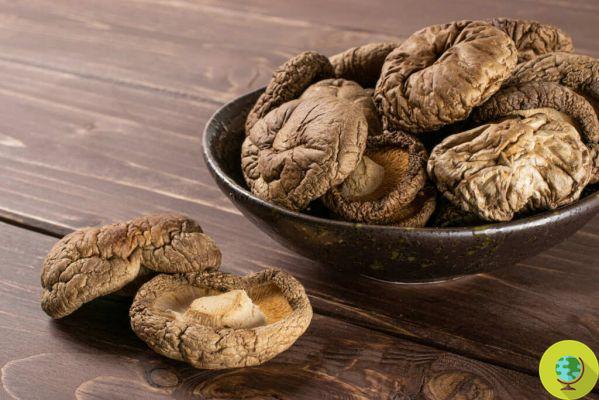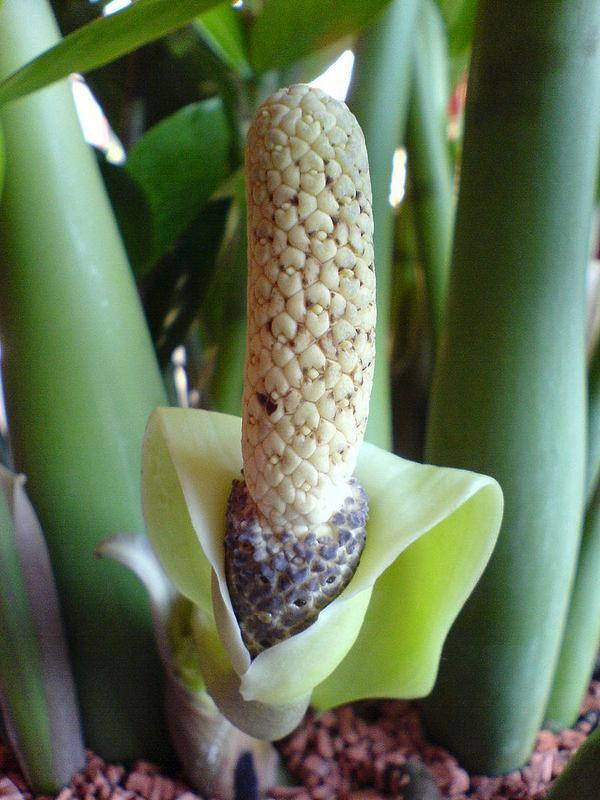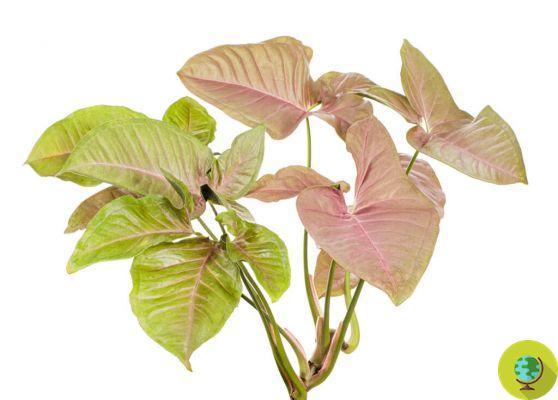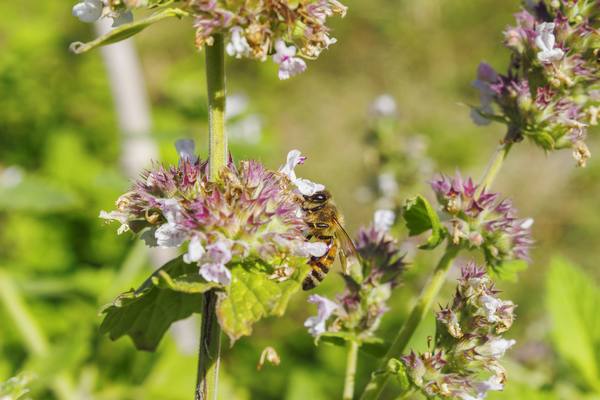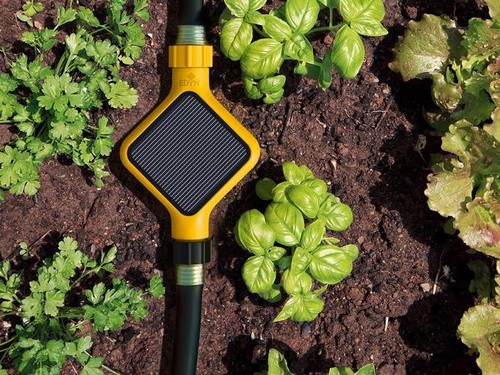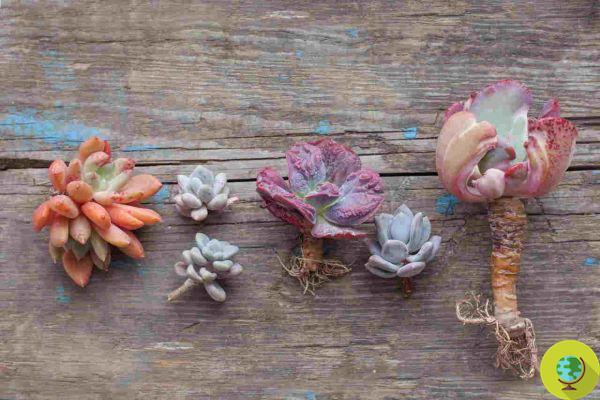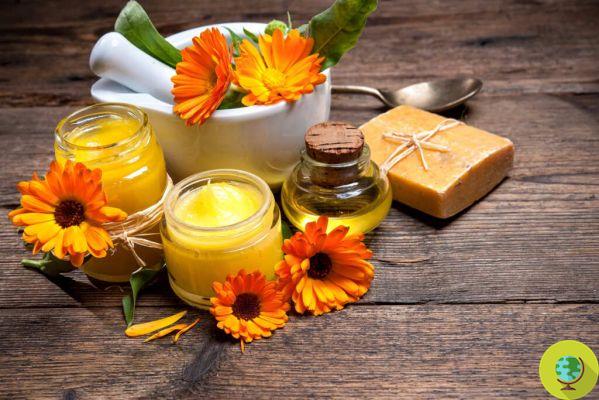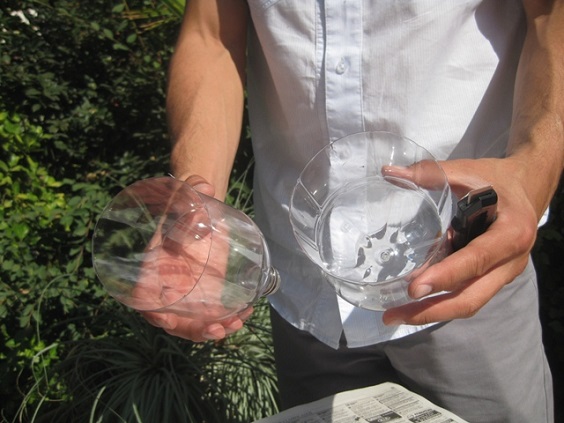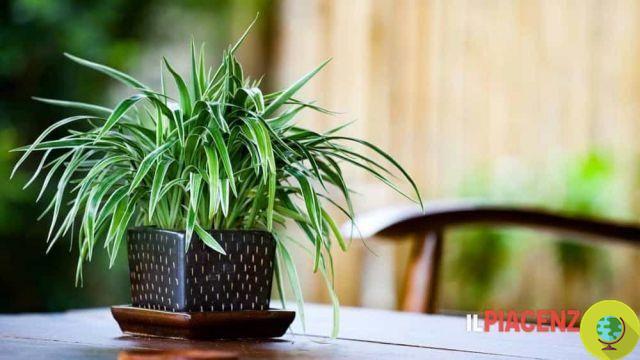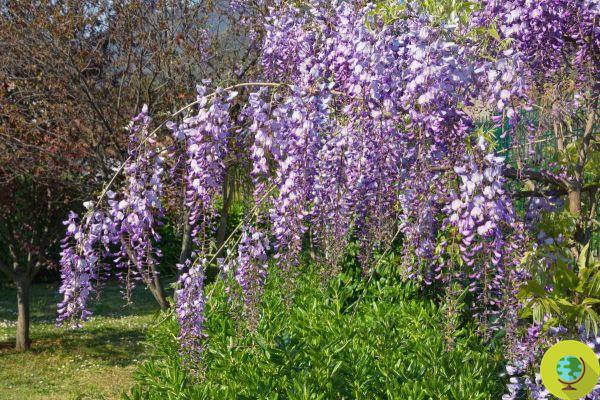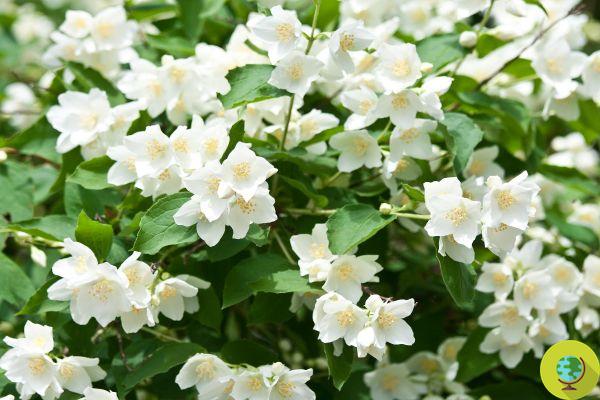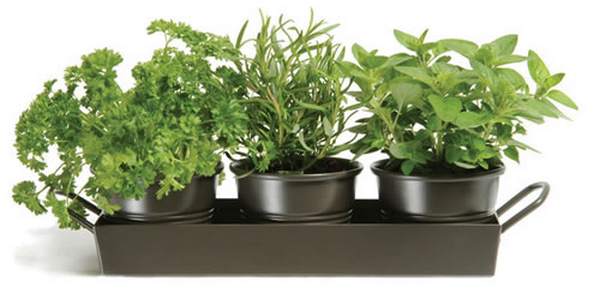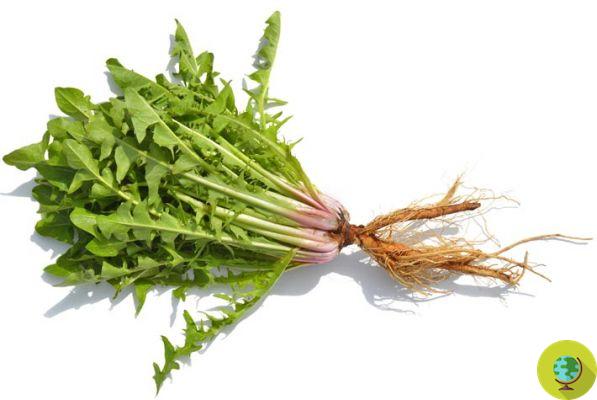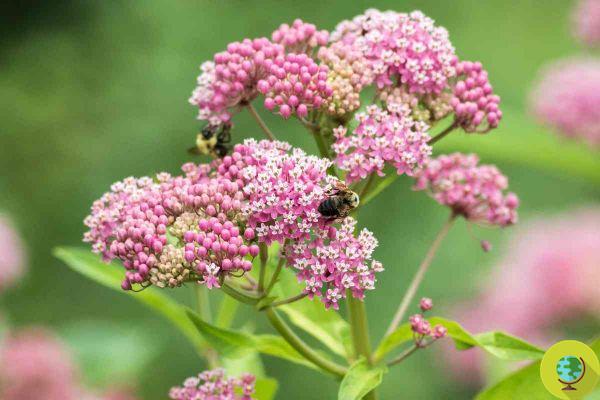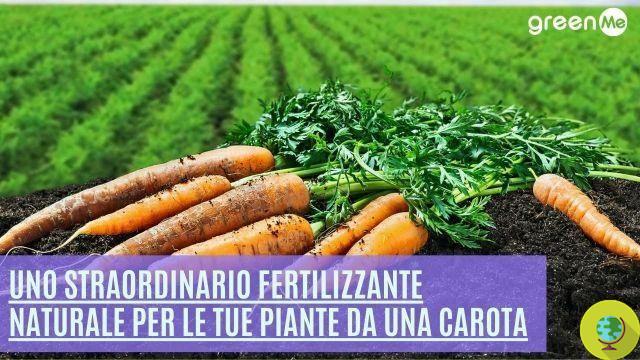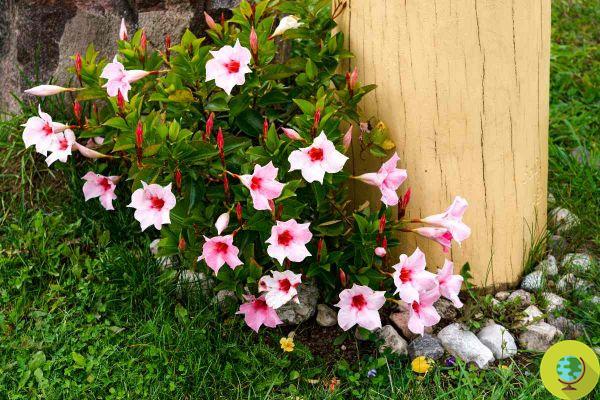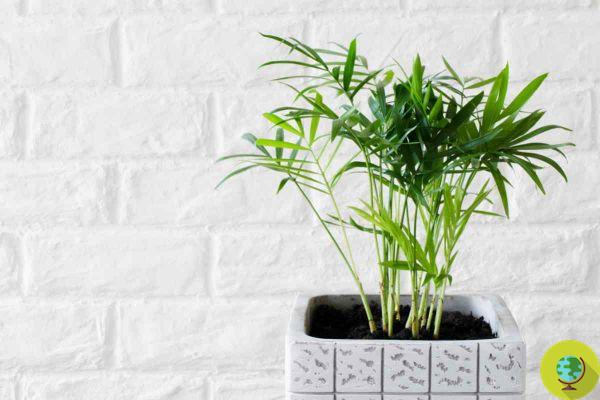Cornflower, how to cultivate, when to prune and how to take care of the "medicine" flower with a thousand properties.
He is about to end up run over, his mother saves him FIORDALISO, as grow, when prune and how to take care of the flower "medicine"With a thousand properties.Observing a cornflower, who hasn't been captivated by its dazzling beauty? They are especially striking the grace of the corolla, the elegant bearing and the wonderful blue color. It is one of the plants most popular decorations in absolute, spontaneous growth or grown mainly for ornamental purposes but also for medicinal purposes.
The cornflower is one herbaceous plant belonging to the Asteraceae family, the same as marigold and sunflower. Typical of temperate climates, it reaches a height ranging from 20 to 90 centimeters. Presents erect stem, gray-green leaves and peeking inflorescences, which, as mentioned, in the most common species (Centaurea cyanus) they are blue-violet in color.
But there are also some variety in shades of white, pink, yellow and purple red.
The cornflower blooms in the period from May to October, depending on the species, which are about 300.
In temperate zones it grows practically everywhere: in the borders of meadows, in cultivated fields, in grassy or gravel areas, at the edges of roads. In the mountains it is found in land located in a maximum altitude of 1500 meters. But it can be facily cultivated in pots or in the garden.
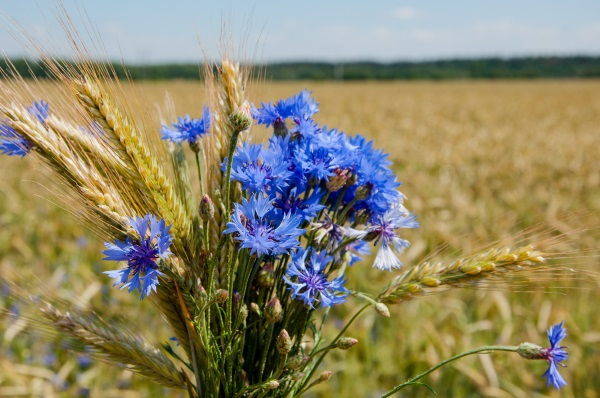
Index
Why grow cornflower?
Like the poppy, the cornflower proliferates spontaneously and especially in a weed way in fields cultivated with barley or wheat, as long as they are free of herbicidesthe. With us, unfortunately, precisely because of the massive and indiscriminate use of chemicals for the control of weeds, the cornflower is disappearing.
For this reason, the cultivation of this beautiful plant must be supported and encouraged as much as possible. The intent of this article is precisely to provide gods useful advice for those who want to try their hand at the cultivation of cornflower in the ground or in pots.
This plant is perfectly suited to decorate flower beds, balconies or gardens. It also does not require particular cultural care, as it is extremely strong and adaptable. Its cultivation, in the ground or in pots, is therefore a practice within everyone's reach, also suitable for those who do not have a great propensity for gardening.
After flowering, the show offered by the cornflower will be truly extraordinary and satisfaction guaranteed.
Finally, the cornflower boasts important healing properties, exploited in the phytotherapeutic field. One more reason to start growing it!
Cornflower, when and how to sow it?
Sowing should be done in early spring directly planted, as the cornflower does not tolerate transplants very much. Alternatively, it is advisable to plant it at the end of summer in a seedbed, placed in a place sheltered from the winds.
After the winter, or in any case when the risk of temperatures dropping below freezing is completely averted, the transplant can be performed in the middle of nowhere.
Once it has taken root, this plant proves to be very strong and adaptable to different climatic conditions.
Cornflower, when and how much to water?
Cornflower needs a significant amount of water, so they will be needed constant and frequent watering.
In the vegetative period, in particular, this plant should be watered three or four times a week. In particularly hot summers, the cornflower will need even more water.
On the other hand, however, cornflower does not tolerate water stagnation. Therefore, between one watering and another, it is necessary to make sure that the soil is actually dry and in need of irrigation. Just feel it with your hands to check that it is dry. If, on the other hand, the earth is damp to the touch, watering is not necessary and can be done later.
Cornflower, when and how to fertilize?
In the growing season, from the end of March to the end of August, the cornflower should be fertilized every 20-30 days. You can use special ones fertilizers for flowering plants, commercially available in liquid form. Liquid fertilizers can be mixed with the water used for watering.
It is preferable that these products are rich in phosphorus and potassium, fundamental elements for the harmonious development of the plant.
Or, alternatively, you can use a slow release granular fertilizer, to be distributed in the ground on a monthly basis.
Cornflower, exhibition
This plant prefers exposure in full sun, in a place sheltered from the winds. Especially in summer, the contribution of the sun's rays is essential for its growth.
Despite its preference for heat, cornflower is a strong plant that manages to survive even in cold temperatures. In case of particularly cold winters, the cornflower should be moved to a place protected from winds and subjected to light mulching.
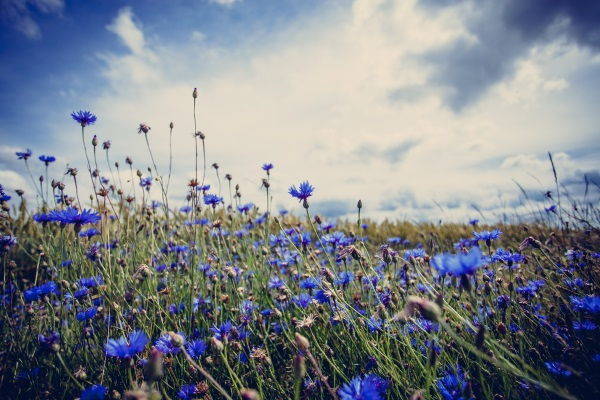
Cornflower, types of soil
The ideal terrain must be soft, loose, well drained and rich in organic matter.
However, this plant is also suitable for soils with few nutrients and tend to be dry. Common topsoil is also fine, taking care of avoid the formation of water stagnation, very harmful to the cornflower.
To improve the drainage capacity of the soil, it is recommended to add to the soil a good amount of river sand.
Cornflower, when and how to prune?
The cornflower it does not require a particular pruning.
Periodically, this will only be done to the elimination of dry, old, damaged or diseased inflorescences
The diseases of the cornflower
Cornflower is a very hardy plant, which it is rarely the subject of attack by parasites or other diseases.
Paying the necessary precautions, the plant will remain in good health for a long time.
The only real risk is in the event that the growing medium is not sufficiently drained. Water stagnation, in fact, can cause the root rot, leading to the onset of fungi, including powdery mildew or sore white. In case of a particularly virulent attack, it will be necessary to administer specific fungicides.
Cornflower, all properties
As mentioned, cornflower is a medicinal plant, as it has several benefits for the health of our body.
To learn more its properties, read also:
CORNFLOWER: THE MEDICINE FLOWER WITH A THOUSAND PROPERTIES
BIOLOGICAL FIGHT: HOW TO ATTRACT LADYBUGS AND USEFUL INSECTS IN THE GARDEN
The cornflower in the language of flowers
In the language of flowers, the cornflower symbolizes sweetness, happiness and lightness.
In the European tradition, donating a cornflower represents sincere friendship, while in oriental countries lovers exchange this flower as wish of happiness of the loved one.
Cornflower, legends
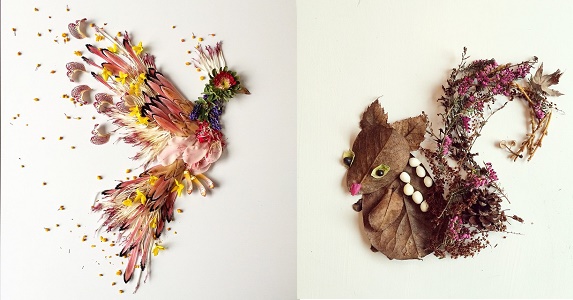
The scientific name of the cornflower is Centaurea Cyanus and they are linked to its origin two distinct legends.
The first refers to the goddess Flora and her lover Cyanus. It is said that the goddess, at the sight of Cyanus found dead in a field of cornflowers, he wanted to give this flower the name of the beloved.
The second legend tells instead of the centaur Chiron who, wounded by a poisoned arrow, was able to heal thanks to the healing properties of cornflower juice.
The common name cornflower, on the other hand, comes from the French "Lily flower" (fleur de lys). The lily is a heraldic flower, which has always been linked to the dynasty of the French royal house, starting with the Capetians. The association of this flower to the lily indicates how the cornflower must also be considered a "royal" flower.
Angela Petrella





